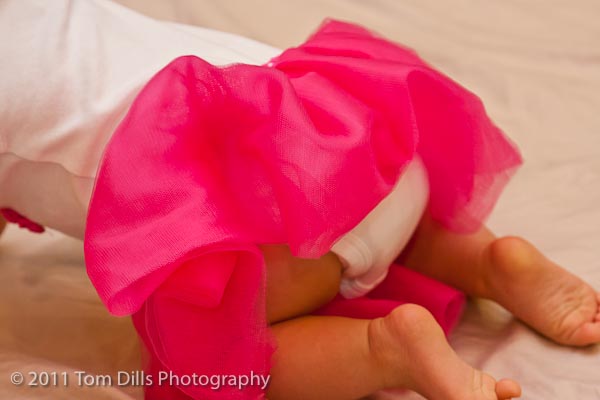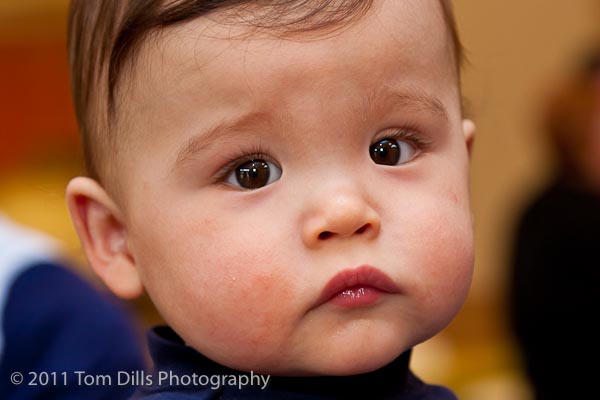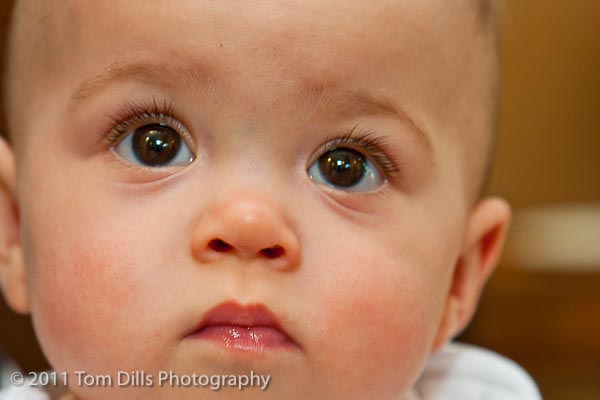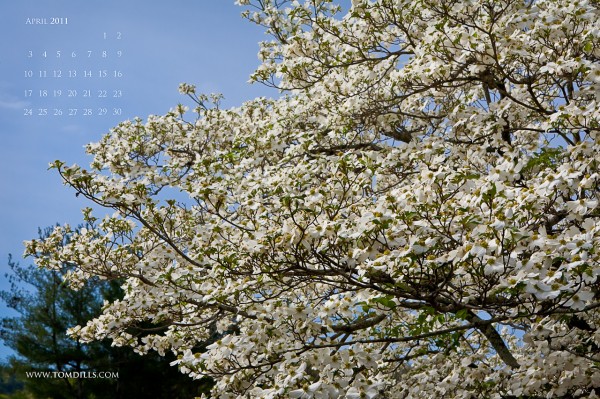A couple of weekends ago I did something entirely different. A good friend and former co-worker asked me to photograph her triplets’ first birthday party. Yes, triplets! Like I said, she’s a friend. With more than a little concern and hesitation I said Yes.
It was fun!
More than anything I was surprised by how much crawling around, getting up and down and generally doing things my body doesn’t usually have to do is required to do this kind of work. It’s tough! But I was also interested in figuring out how to apply things I know and regularly practice to taking photographs of subjects that move. And eat. And get messy.
It was great!
I even had one of the other kid’s moms ask me if I would photograph a party for her twins in May. I thought about it just in case she called me and she did call me. I said Yes.
I think it’s a good idea to step outside one’s comfort zone once in a while. It’s good for the creativity to apply our vision to new things, to think about interpreting different subjects in our personal way.
As with a lot of photographers I often get asked if I do things I don’t do – weddings, portraits, birthday parties, etc. Usually I say “no” and refer people to photographers I know who specialize in those things. I figure I don’t want to be bothered doing something I don’t do, and I justify it by telling the potential customer that they would be better served by someone who specializes in their work. What I fail to realize is that they asked me because they want me. They don’t want to go with someone they don’t know, even if that person might “specialize” in what they are doing. So what usually happens is that they don’t follow through on my recommendation or they just don’t hire anyone. People take comfort in knowing that someone they know trusted me, and that if they hire me I’ll do the job.
That doesn’t mean I’m going to do it for free, or that I’ll even do it for cheap. I know enough about the business to know to charge a fair rate for doing this kind of work. If I quote my price and the people decide to hire me I’ll do the work. If they don’t hire me or if they hire someone else it won’t be personal. If I get the work I’ll do my best and be paid fairly for it, and if I don’t get it I’ll still have plenty of my own work to do!















